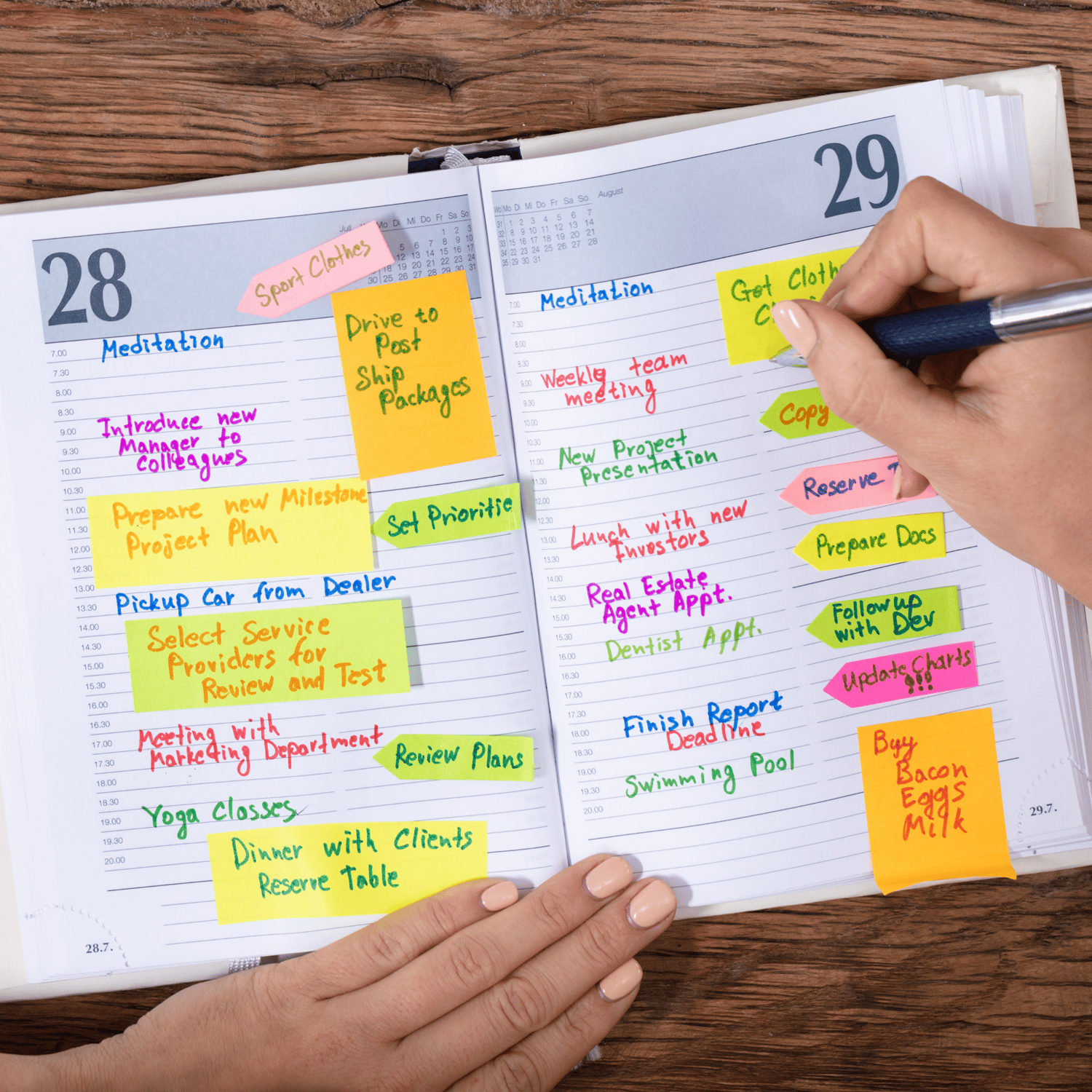JLS Editorial Staff - As the last week of August rolls around, there's a familiar buzz in the air—backpacks are packed, laptops are charged, and students everywhere are preparing to dive into a brand-new academic year. From late August to early May, the Fall and Spring semesters are packed with lectures, assignments, exams, extracurriculars, and personal commitments. Amid this whirlwind, one underrated tool stands out as a game-changer for academic success: the humble planner.
While planners may seem like old-school stationery in a digital world, their impact on student performance, stress management, and goal achievement is both timeless and powerful. Here's how a planner can become a student’s secret weapon for navigating the academic year with confidence and clarity.
1. Setting Clear Goals from Day One
The last week of August is the perfect time to open a new planner and map out the year ahead. Whether it's aiming for a specific GPA, joining a club, improving mental health, or simply staying organized, writing down semester goals in a planner makes them visible and real.
Goal-setting pages—often found in the beginning of academic planners—help students reflect on what they want to achieve and outline actionable steps. By revisiting these goals monthly or weekly, students are more likely to stay aligned and accountable.
2. Turning Chaos into Clarity
Once classes begin, syllabi start rolling in, each packed with due dates, quizzes, and project deadlines. This is where the planner shines. By transferring key dates from each syllabus into the planner, students create a centralized academic map.
Color-coding by subject or using symbols can further organize this chaos. Suddenly, overlapping deadlines are easy to spot weeks in advance—no surprises, no last-minute scrambles.
3. Breaking Big Tasks into Manageable Steps
A planner is more than just a calendar—it's a daily guide. Students can break down big projects or study plans into smaller, manageable tasks spread across weeks. For instance, instead of writing “Study for Midterm” on the night before, a planner helps schedule study sessions across multiple days:
- Monday: Review lecture notes
- Tuesday: Flashcards & quiz
- Wednesday: Practice problems
This bite-sized planning approach reduces overwhelm and boosts retention.
4. Building Habits for Success
Using a planner consistently cultivates strong academic habits. From weekly reviews to habit trackers, planners provide the space to build routines—whether it's studying a little each day, practicing mindfulness, exercising, or limiting screen time.
When tracked in a planner, these habits become visual progress indicators. It's not just about checking boxes; it's about seeing growth in real time.
5. Managing Stress and Protecting Mental Health
Academic pressure often peaks around midterms in October and finals in December and April. A planner helps manage that pressure by promoting structure. Seeing tasks laid out in advance prevents the panic of forgotten deadlines and helps students prioritize self-care.
Many modern planners include wellness features: mood trackers, gratitude lists, or space for journaling. These allow students to check in with themselves emotionally, not just academically.
6. Reflecting and Adapting
The first week of May marks the end of the academic year—but it's also a chance to reflect. A well-used planner becomes a record of effort, challenges overcome, and goals met. Students can look back, assess what worked, and prepare smarter for the next year.
Reflection sections in planners encourage questions like:
- What helped me stay focused this semester?
- What habits should I continue?
- What do I want to improve next term?
Final Thoughts
A planner is more than just paper—it’s a partner in academic growth. For students from late August to early May, it acts as a goal-setter, time manager, stress-reducer, and confidence builder. Whether physical or digital, daily or weekly, using a planner consistently can turn a stressful semester into a structured and successful one.
So, as a new academic year begins, one question remains: Have you planned your plan yet?
🔖 Top Features to Look for in a Student Planner
Weekly and monthly views
Academic goal-setting pages
Habit trackers
Space for notes or journaling
Durable design or digital sync
© Jules Emmanuel Meunier 2025. All rights reserved. Do not copy or reproduce without permission.



Comments ()